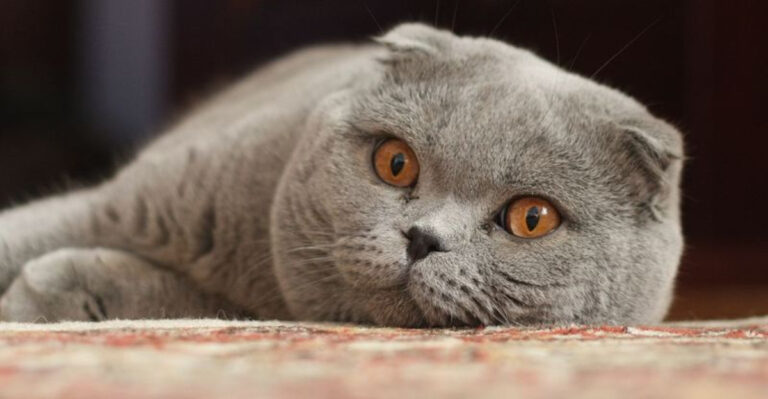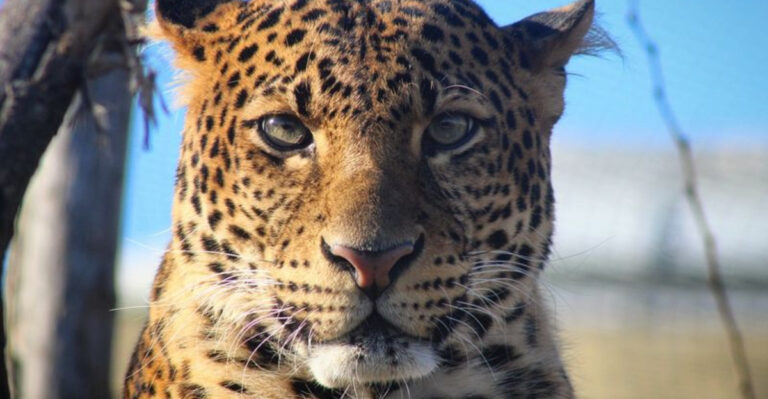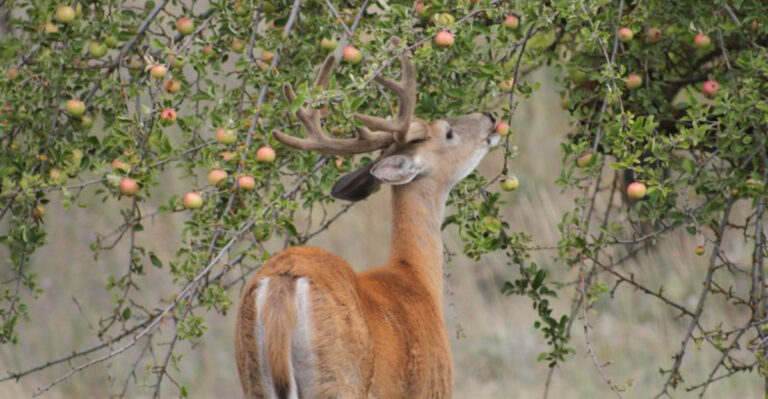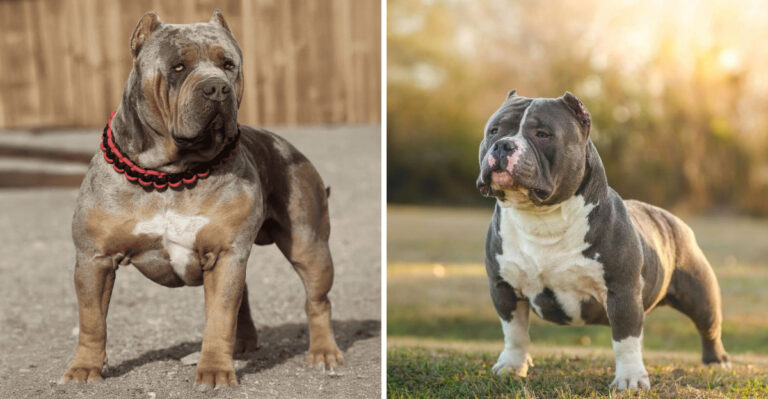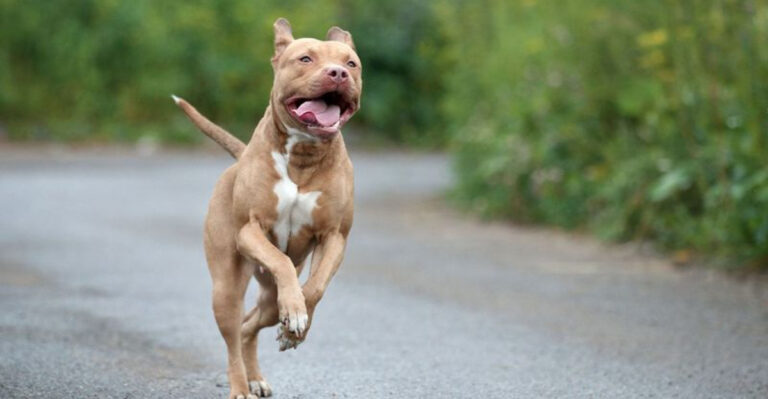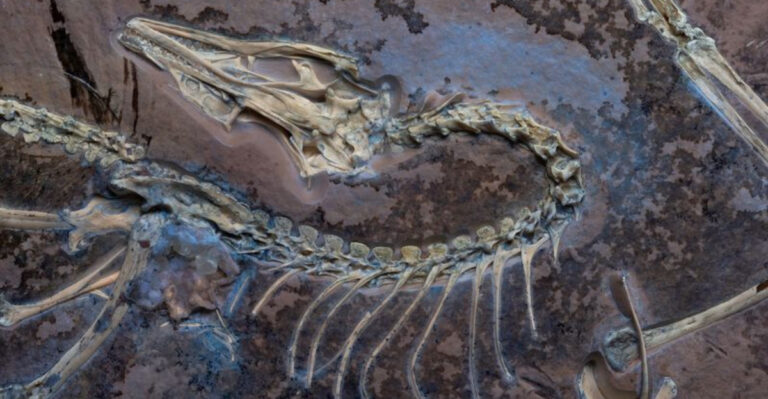A Horse’s First Year Of Life: Milestones, Growth, And Care
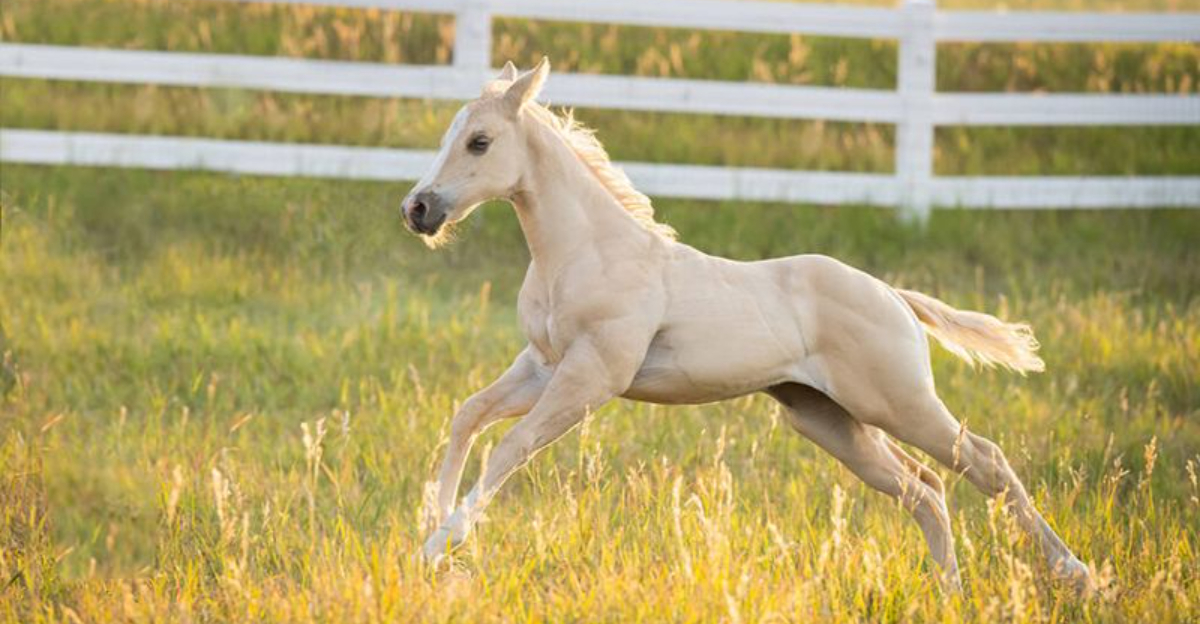
From wobbly first steps to playful gallops, a foal’s first year is packed with amazing changes. Baby horses develop at lightning speed compared to human babies, reaching about 90% of their adult height in just twelve months!
Understanding these rapid changes helps horse owners provide the right care at each stage of this crucial developmental period.
1. Standing Within Hours
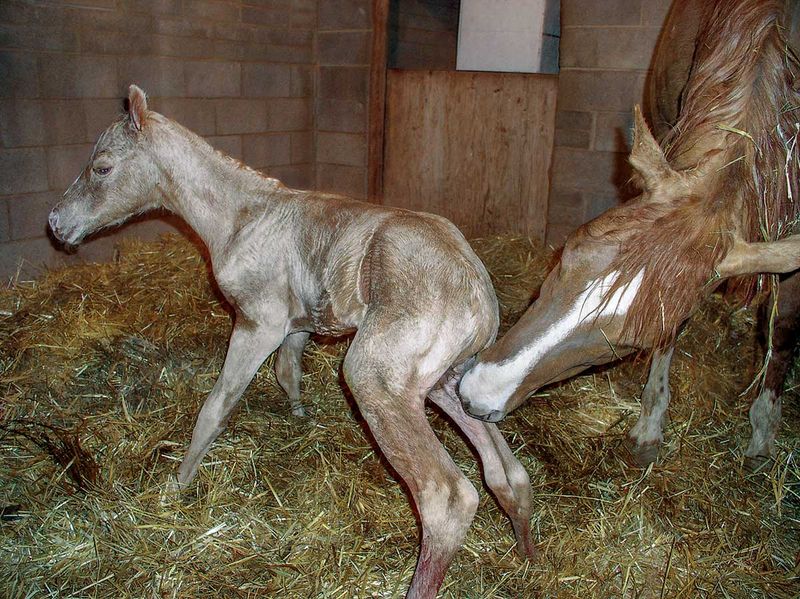
Those spindly legs aren’t just for show! Newborn foals typically stand within 1-2 hours after birth – a survival mechanism hardwired into their DNA. Nature doesn’t give them time to lounge around.
Their ability to stand quickly helps them nurse and flee from predators if necessary. Pretty impressive for someone who just entered the world!
2. Milk Bar Is Open
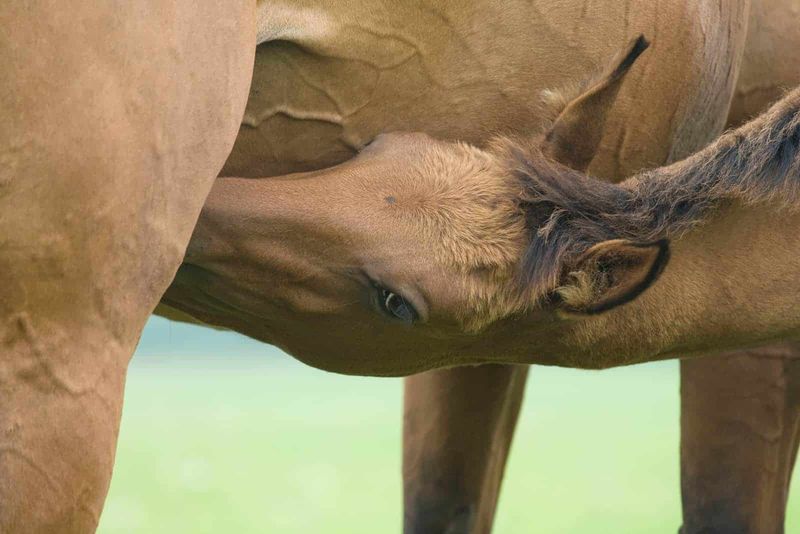
A foal’s first meal happens remarkably fast – usually within 2 hours of birth. This initial milk, called colostrum, isn’t just any breakfast.
Packed with antibodies, this liquid gold provides essential immunity since foals are born without disease protection. Missing this crucial first drink can lead to serious health problems down the road.
3. Growth Explosion
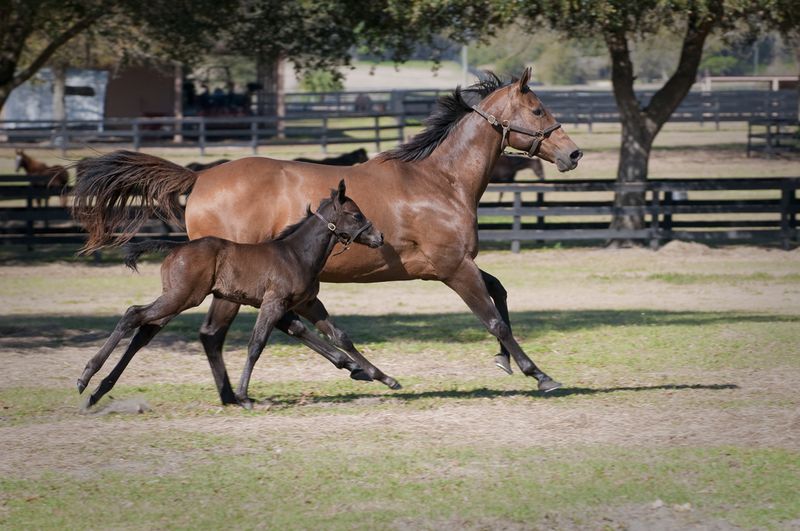
Talk about a growth spurt! Foals gain approximately 2-3 pounds daily during their first few months. Their height increases rapidly too – about 0.5 inches each week.
By six months, they’ve already reached 80-90% of their adult height! This explosive growth requires careful nutritional management to prevent developmental problems in those rapidly forming bones and joints.
4. Playful Learning
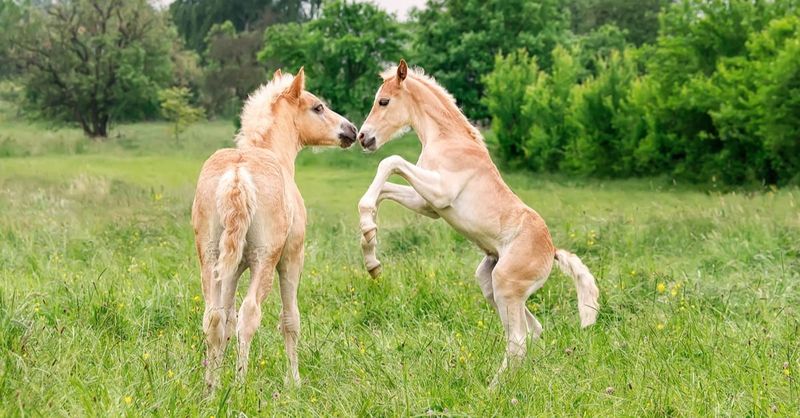
Ever watched foals zooming around pastures like tiny tornados? Those silly antics serve a serious purpose! Through play, foals develop coordination, muscle strength, and social skills.
Racing, rearing, play-fighting, and sudden direction changes aren’t just fun – they’re nature’s gym class. These playful behaviors prepare them for adult life while strengthening their growing bodies.
5. Weaning Woes
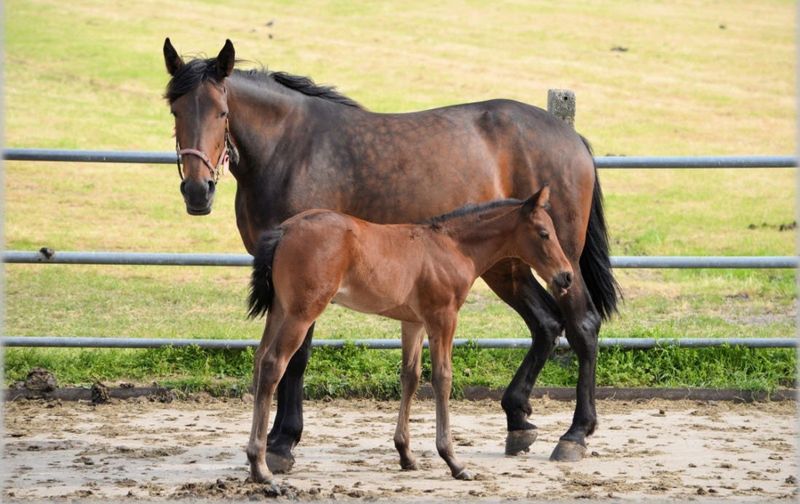
Around 4-7 months comes a major life change – weaning time. This natural but stressful transition happens when foals stop drinking mare’s milk and switch completely to solid foods.
The separation process often triggers temporary behavior changes like increased vocalization and restlessness. Smart horse owners minimize stress by ensuring foals are already eating enough hay and grain before separation.
6. Dental Drama
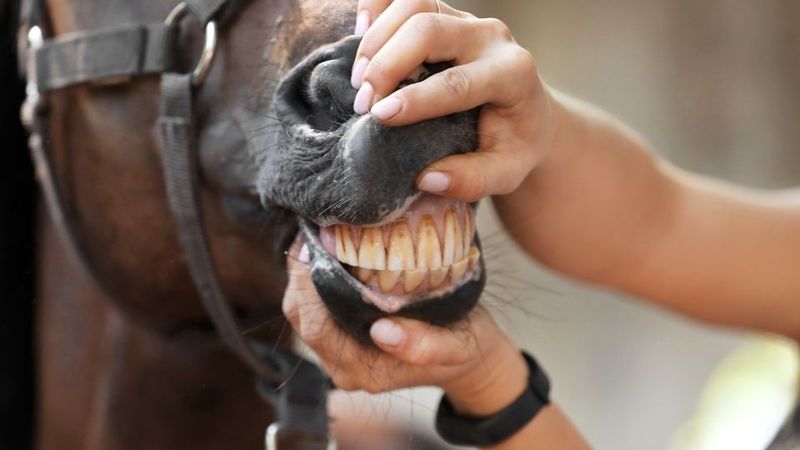
Baby teeth aren’t just for humans! Foals are born with 12 temporary teeth or develop them within the first week. By one year, they typically have 24 teeth.
These baby teeth, called caps, eventually fall out as permanent teeth push through. Finding these tiny discarded caps in feed buckets is a normal part of raising a young horse.
7. Hoof Changes
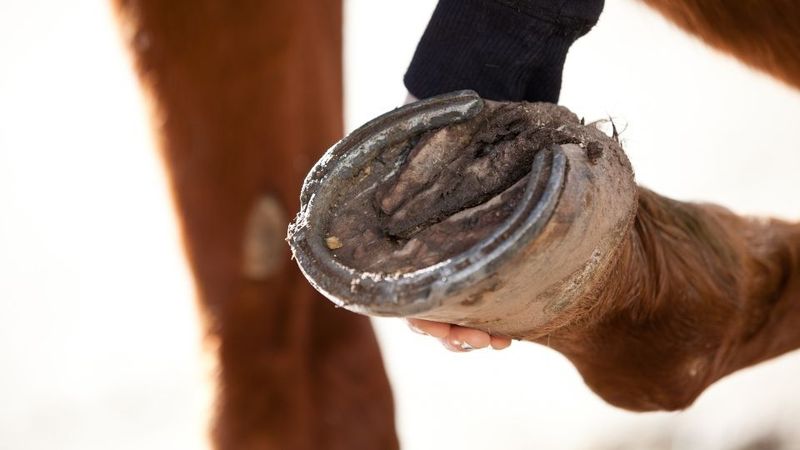
Those adorable baby hooves won’t last long! Foals are born with soft, rubbery hooves covered by a protective membrane that wears away within days.
Their feet grow incredibly fast during the first year, requiring regular trimming every 4-6 weeks. Proper hoof care during this critical period helps prevent future lameness issues that could affect their entire life.
8. Color Transformations
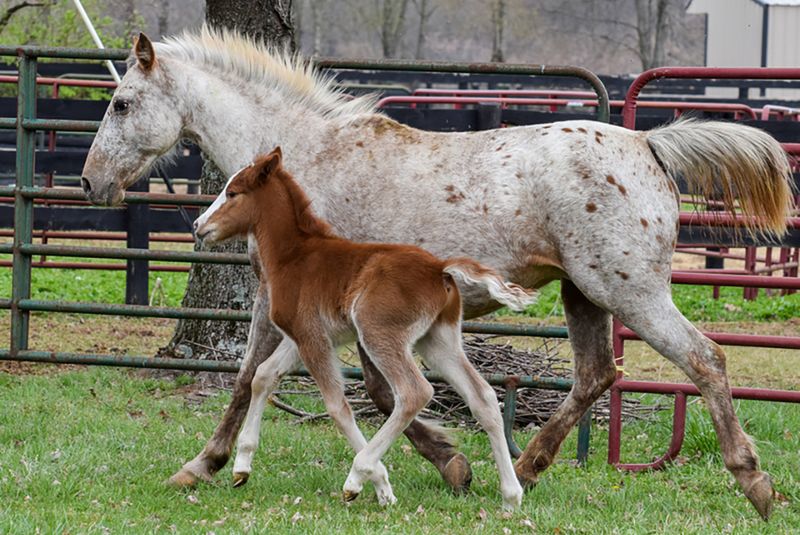
Don’t get too attached to your foal’s first coat color – it might not last! Many foals undergo dramatic color changes during their first year.
Gray horses start dark and gradually lighten, while some chestnut foals are born nearly blonde before darkening. Even more surprising, some foals shed their baby coat to reveal completely different adult coloring underneath!
9. Vaccination Schedule
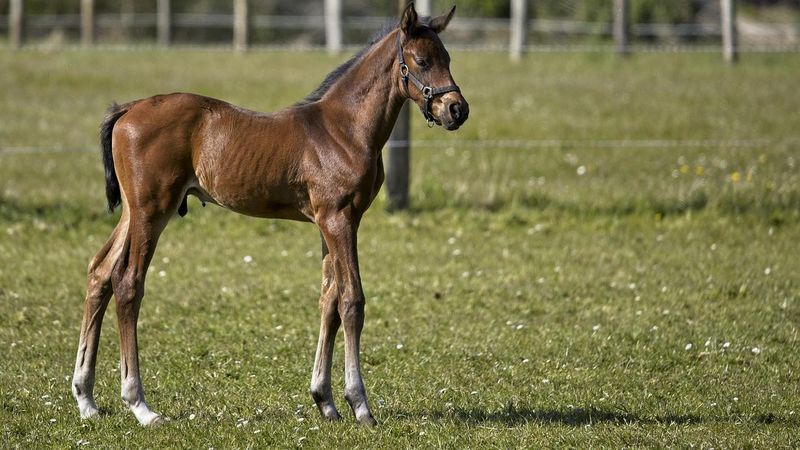
A foal’s first doctor visits aren’t just for checkups – they’re lifesavers. Most foals begin their vaccination series between 3-6 months of age, depending on the mother’s vaccination status.
These early shots protect against deadly diseases like tetanus, Eastern and Western encephalomyelitis, and West Nile virus. Following the proper vaccination schedule builds a foundation for lifelong health.
10. Handling Habits
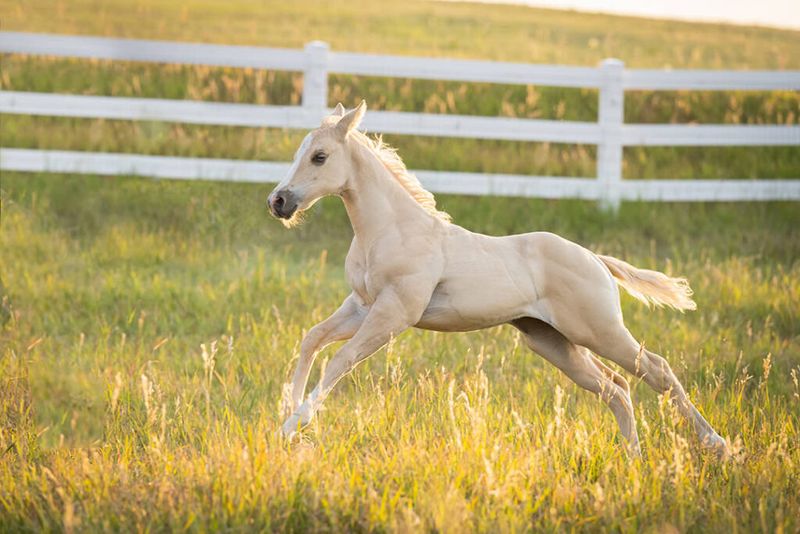
First impressions last a lifetime! Foals who receive consistent, gentle handling during their first year become easier adult horses to manage.
Simple training like haltering, leading, and standing for grooming teaches valuable lessons about human interaction. These early experiences shape their attitude toward people for years to come, making this period crucial for behavioral development.
11. Social Studies
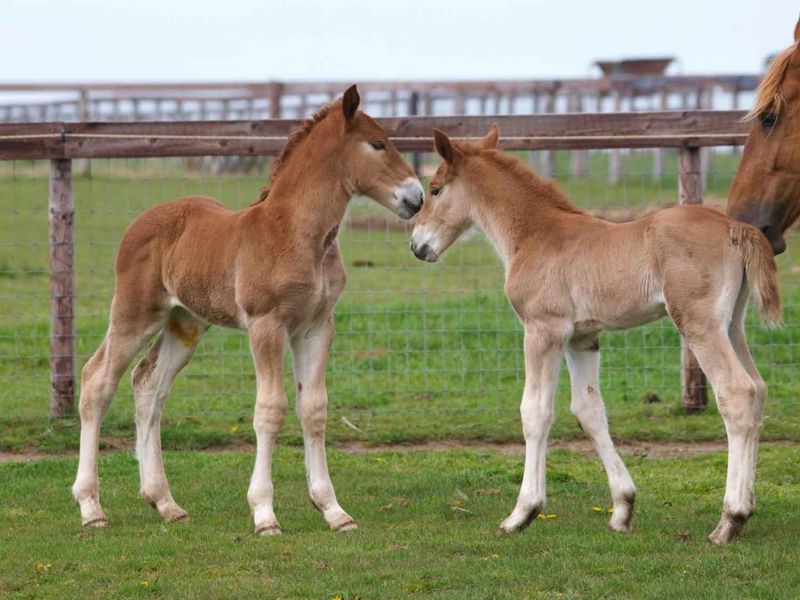
Young horses need equine friends! Foals raised with other horses develop better social skills and fewer behavioral problems than those raised alone.
Through interactions with horses of different ages, they learn vital communication skills and herd etiquette. These early social lessons help them understand boundaries, respect, and proper horse behavior – essentials for their emotional development.
12. Nutritional Needs
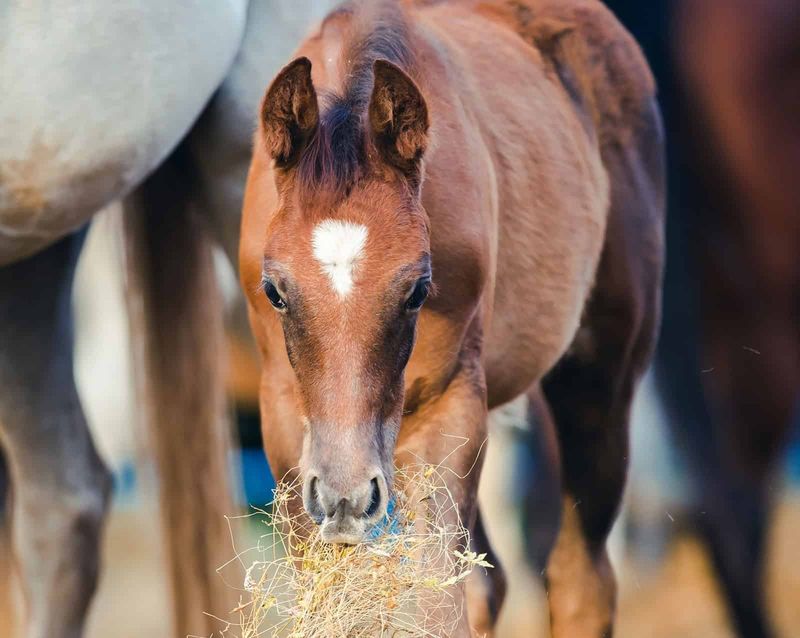
Feeding a growing foal isn’t as simple as extra hay! Their specialized nutritional requirements change rapidly throughout the first year.
After weaning, they need precisely balanced minerals – especially calcium and phosphorus – to support explosive bone growth. Too much or too little of certain nutrients can cause developmental orthopedic diseases that affect them for life.
13. First Birthday Transformation
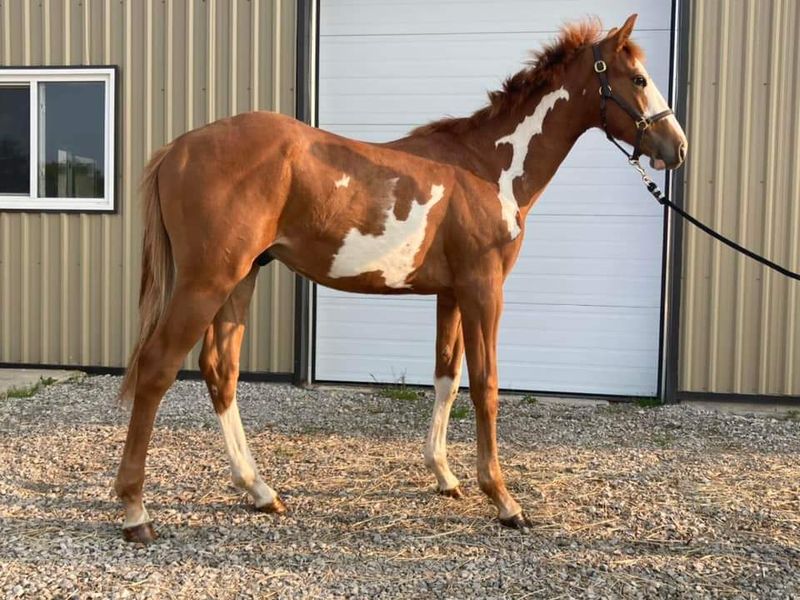
By their first birthday, those cute babies have transformed dramatically! No longer called foals, they’re now officially yearlings standing at about 90% of their adult height.
Their baby fat has given way to more defined muscles, and their personality is well established. While still playful, they show glimpses of the adult horse they’ll become in both physical appearance and behavior.

